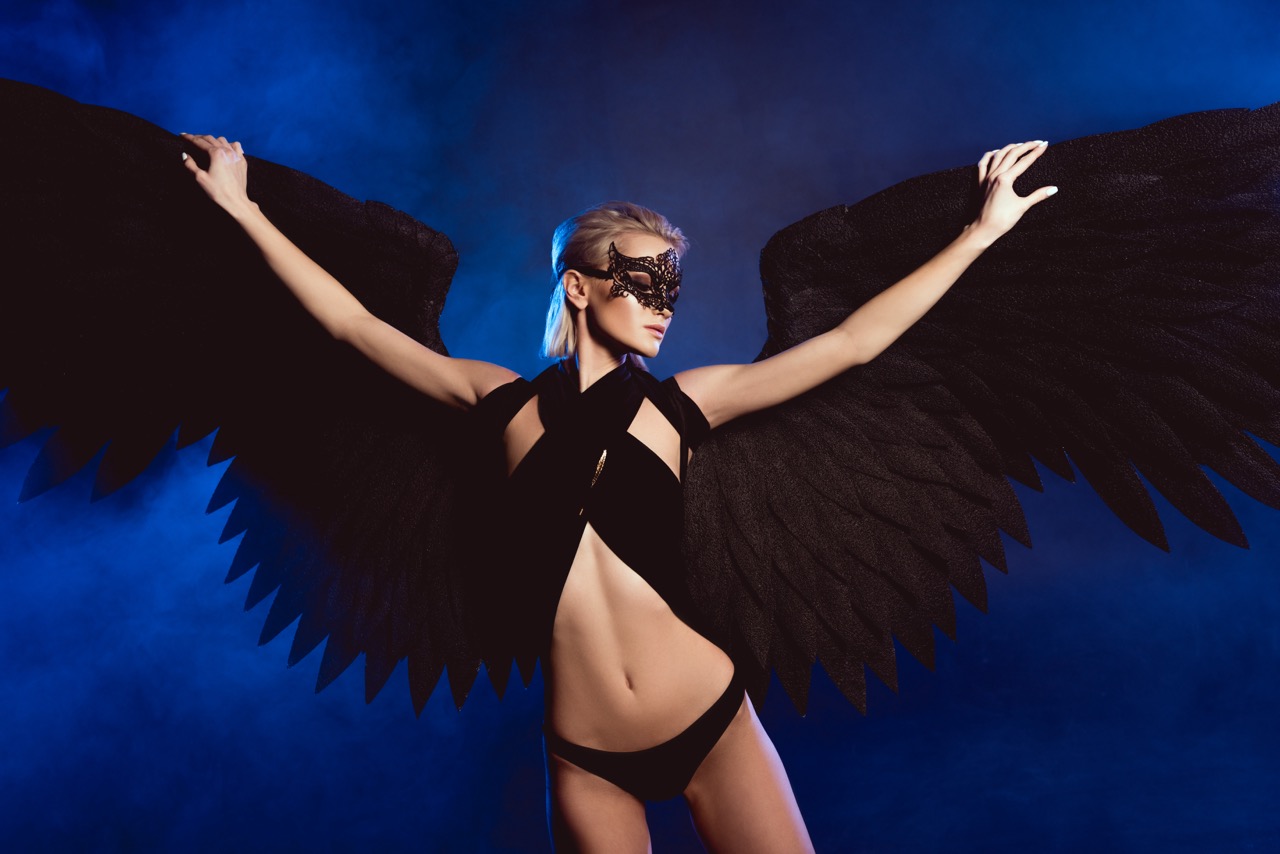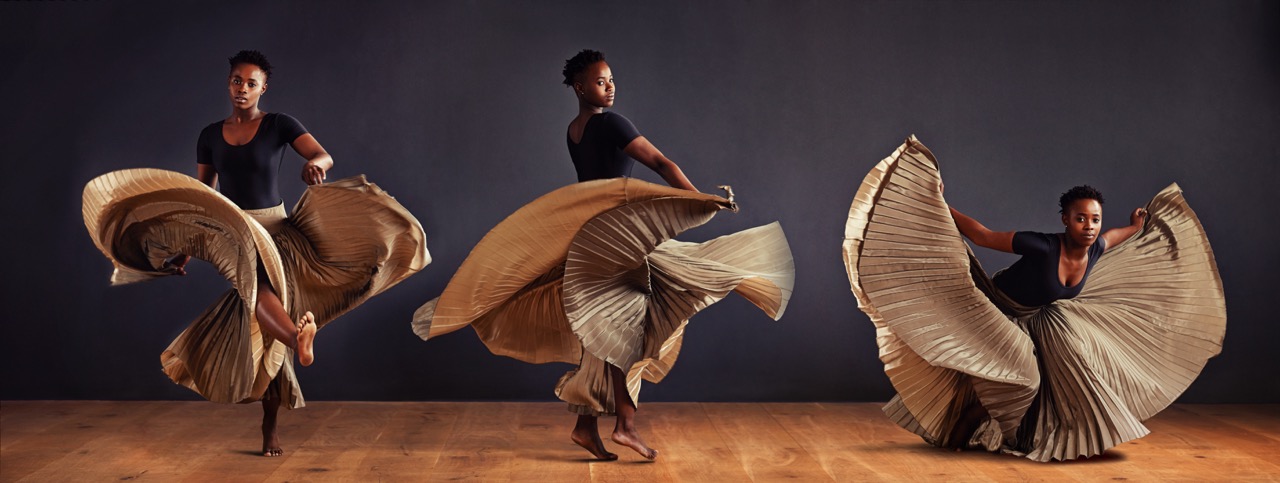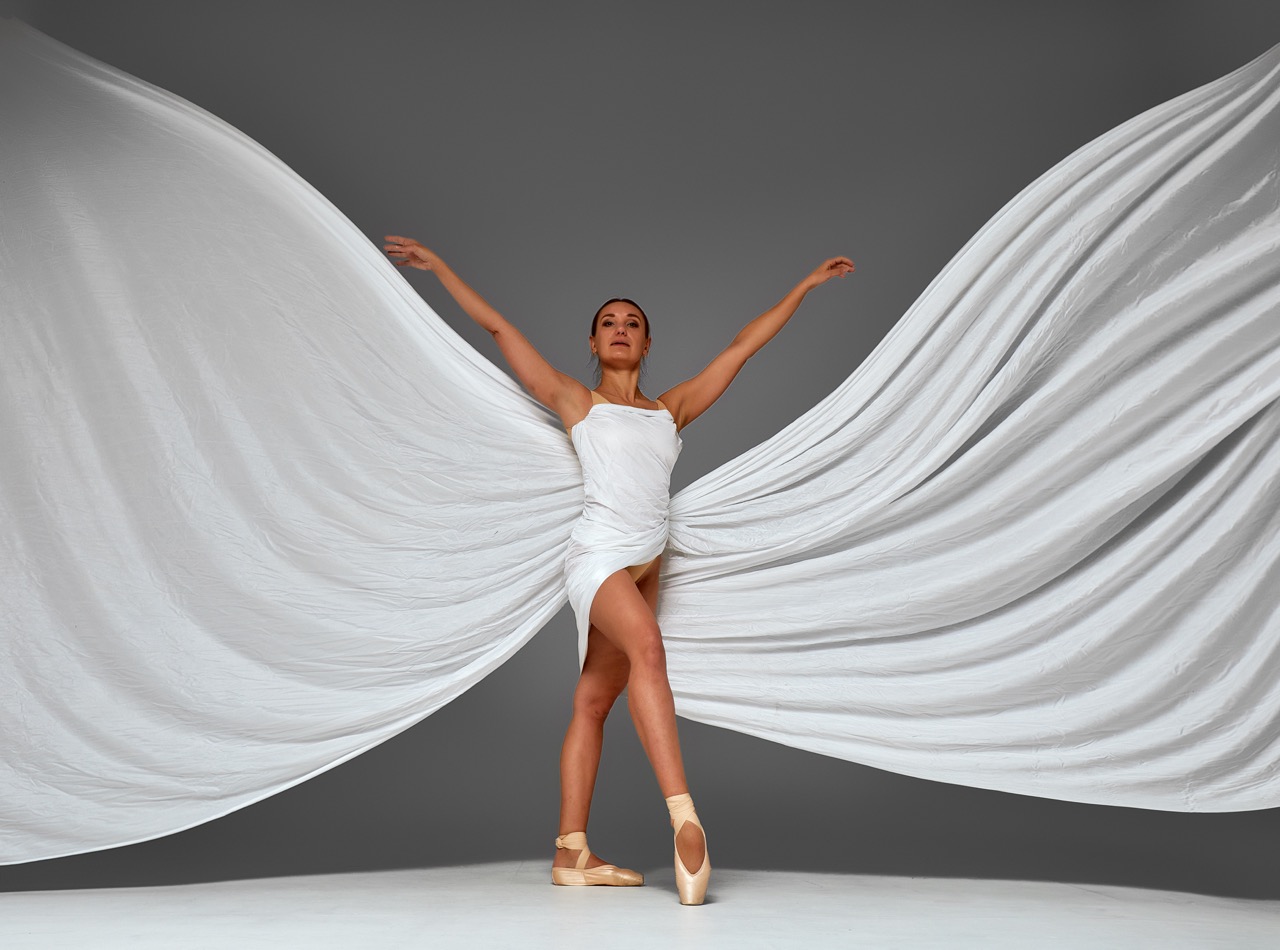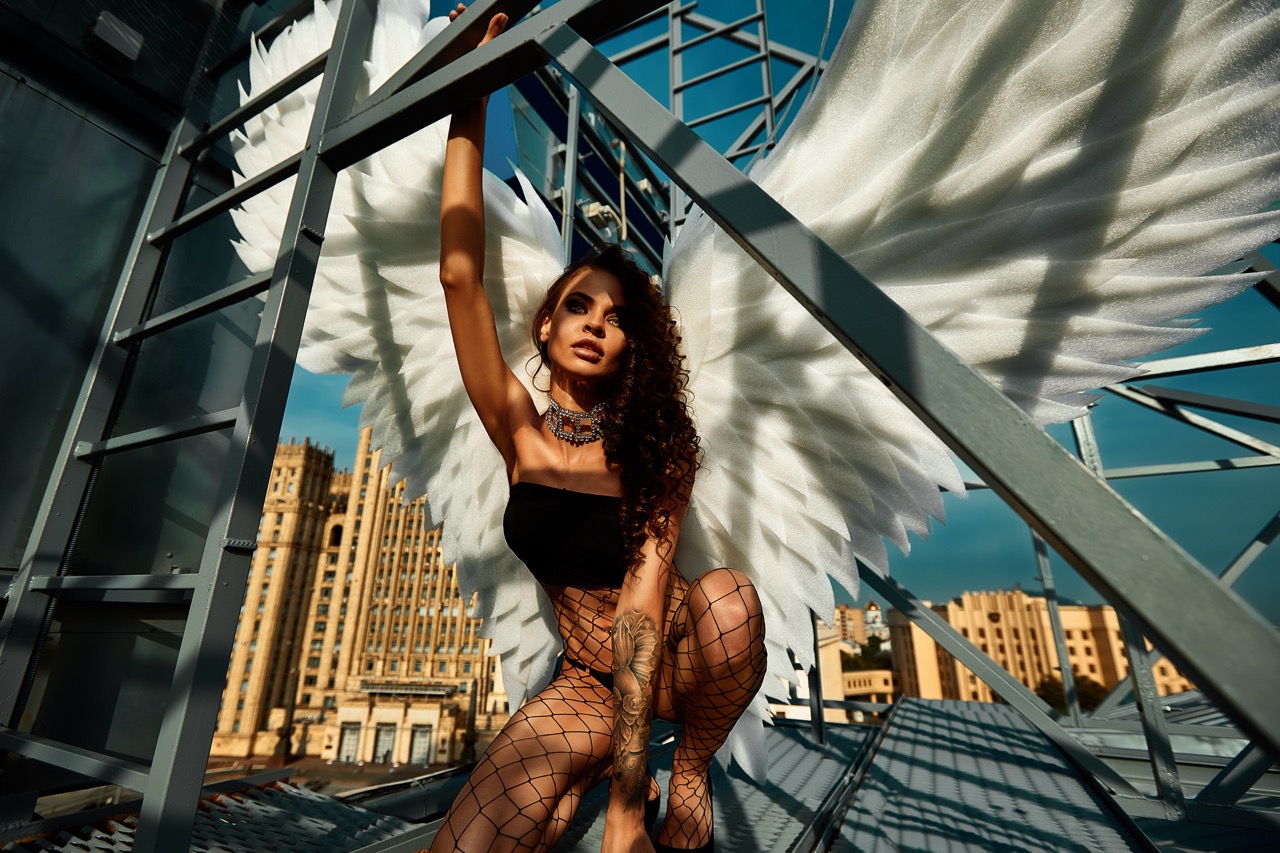Wings have long captivated the human imagination, embodying freedom, aspiration, and transcendence. In the realm of traditional and folk dances, wings serve not only as aesthetic additions but also as powerful symbols that convey deeper meanings tied to cultural narratives and values. This article delves into the multifaceted role of wings in dance, exploring their symbolism, movement enhancement, the celebration of iconic global dances, and the evolution of winged costumes.
The Symbolism of Wings in Cultural Dance Traditions
In many cultures, wings are emblematic of the divine or the ethereal, representing a connection between the earthly and the celestial. For instance, in Native American traditions, feathers and wings often symbolize spiritual guidance and freedom. Dancers adorned with wing-like elements may evoke the presence of ancestral spirits, enhancing the spiritual significance of their performances. Similarly, in various Asian cultures, the imagery of wings often ties to mythical creatures, such as dragons and phoenixes, symbolizing rebirth and transformation.
In addition to spiritual connotations, wings often reflect the natural world. Birds represent growth, migration, and the cycle of life. Folk dances that incorporate wing motifs may celebrate agricultural cycles, embodying the relationship between humanity and nature. For example, the traditional dances of many Mediterranean cultures feature dancers mimicking the fluttering of birds, suggesting harmony with the environment and emphasizing the interconnectedness of all living beings.
Moreover, wings can signify freedom and liberation. In many dances, particularly those rooted in struggles for independence or social justice, the act of extending one’s arms as wings serves as a powerful metaphor for the desire to break free from oppression. This symbolic gesture resonates deeply with audiences, creating a visceral connection to the themes of hope and aspiration that permeate the dance narrative.
How Wings Enhance Movement and Expression in Dance
The physicality of wings in dance extends beyond mere symbolism; they enhance movement and expression in profound ways. Dancers often utilize wing-like movements to amplify their gestures, creating a visual spectacle that captivates audiences. The sweeping motions associated with wings allow dancers to explore dynamics of space and rhythm, adding layers of complexity to their performances. This use of space can evoke feelings of grace, fluidity, or even turbulence, depending on the choreography.
The incorporation of wings in dance can also heighten the emotional expression of the performers. When dancers mimic the flapping of wings, they can communicate feelings of joy, elation, or even sorrow. This duality of motion—both uplifting and grounding—allows for a rich tapestry of emotional storytelling. Dancers can portray the struggle of flying against the wind or the exhilaration of soaring through the skies, inviting audiences to experience these emotions on a deeper level.
Furthermore, the use of wings can serve as a unique challenge for dancers, pushing them to refine their technique and explore new ways of movement. The added dimension of winged costumes can influence center of gravity and balance, prompting dancers to adapt their performance style. This exploration fosters creativity and innovation within traditional folk dance, encouraging the evolution of dance forms while respecting their roots.
Iconic Folk Dances: Celebrating Wings Across the Globe
Across the globe, various folk dances celebrate the theme of wings, each with its unique cultural significance. One prominent example is the "Bharatanatyam" dance of India, which often features intricate hand gestures and movements that evoke the imagery of birds in flight. The dance tells stories of gods and nature, with wing-like movements symbolizing grace and devotion. Such performances capture the essence of spirituality and reverence for the divine.
In the Middle East, the "Dabke" dance showcases the community’s resilience and unity. While not explicitly featuring wings, the dancers often mimic the fluttering of garments, creating a visual impression of wings in motion. The communal aspect of Dabke emphasizes collective strength, echoing the idea of birds flying in formation, symbolizing togetherness despite adversity. The dance allows participants to express their cultural identity while fostering a sense of belonging.
In Europe, the "Morris Dance" often employs handkerchiefs and sticks that resemble wings in their movements. This traditional English folk dance celebrates the changing seasons and agricultural cycles, with the fluttering motions invoking the spirits of nature. The use of wing imagery in these dances not only adds an element of visual delight but also reinforces the connection between cultural traditions and the natural world, creating a harmonious celebration of life.
The Evolution of Winged Costumes in Dance Performance
Winged costumes have undergone significant transformations throughout history, reflecting cultural shifts and artistic interpretations. In ancient times, winged attire often consisted of simple fabric or feathers, symbolizing the connection between dancers and the spiritual realm. As dance evolved, so did the intricacy of costumes, incorporating elaborate designs, materials, and techniques that enhanced the visual appeal of performances.
Modern interpretations of winged costumes have embraced technology and innovation, leading to creations that push the boundaries of traditional design. For instance, contemporary choreographers may incorporate LED lights, dynamic fabrics, or mechanical elements that allow for greater movement and visual impact. These advancements not only enhance the aesthetic experience but also provide dancers with new opportunities for storytelling and expression.
The evolution of winged costumes also reflects broader societal changes, including movements toward inclusivity and diversity in performance art. Today, winged representations in dance may draw on a variety of cultural influences, creating a fusion that celebrates global perspectives. This blending of traditions challenges the notion of cultural ownership and promotes a more inclusive dialogue within the dance community, paving the way for innovative and collaborative artistic expressions.
Wings in traditional and folk dances embody a rich tapestry of symbolism, movement, and cultural celebration. They serve as powerful metaphors for freedom, spirituality, and emotional expression, captivating audiences and inspiring dancers across the globe. As the art of dance continues to evolve, the significance of wings remains deeply rooted in the human experience, reminding us of our innate desire to soar, connect, and celebrate our shared cultural heritage. Through the lens of wings, we find a profound reflection of our aspirations, struggles, and triumphs as we navigate the dance of life.










